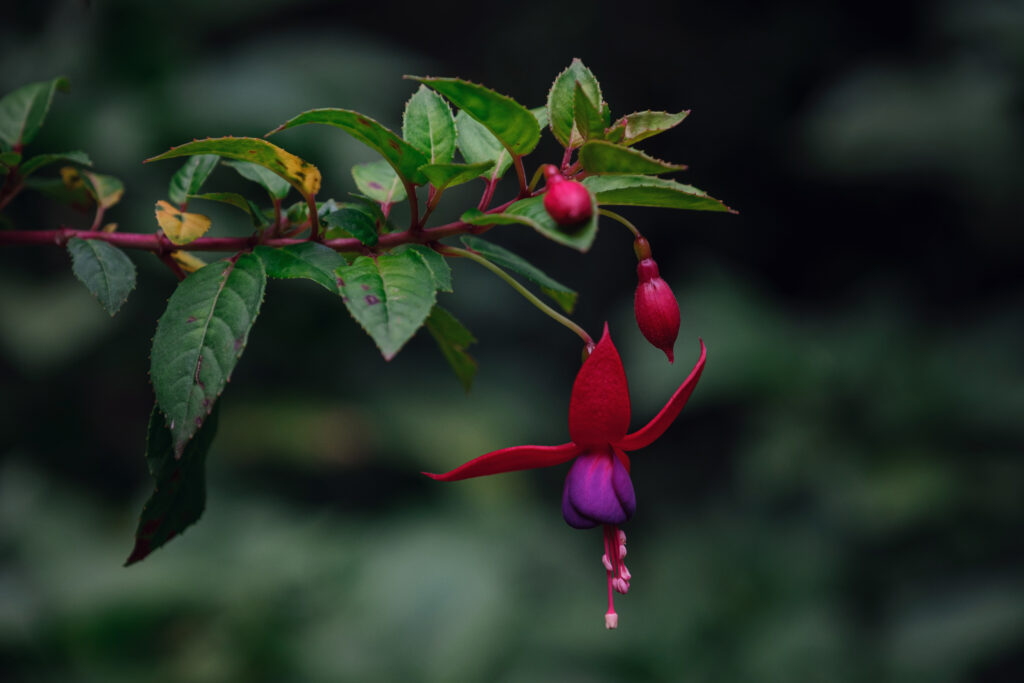Shade Gardening in SoCal
A perk of living in SoCal is the nearly perpetual sunny weather that leads to gorgeous gardens. But to enjoy time in the garden, you need a little shade.
Many gardeners respond to the need for shade by planting trees and installing structures to provide refuge from the sun’s hot rays. Some home orientations also don’t allow for direct sunlight.
Whatever the reason for shade, if you’ve tried growing sun-loving plants in dim conditions, you know what happens—leggy, unhappy plants that refuse (for good reason) to thrive.
“Trying to cultivate plants in unsuitable conditions leads to disappointment and frustration,” says Chuck Pavlich, Director of New Product Development at Terra Nova Nurseries. “Instead, embrace the shady aspects of your microclimate and select plants that thrive in low light.”
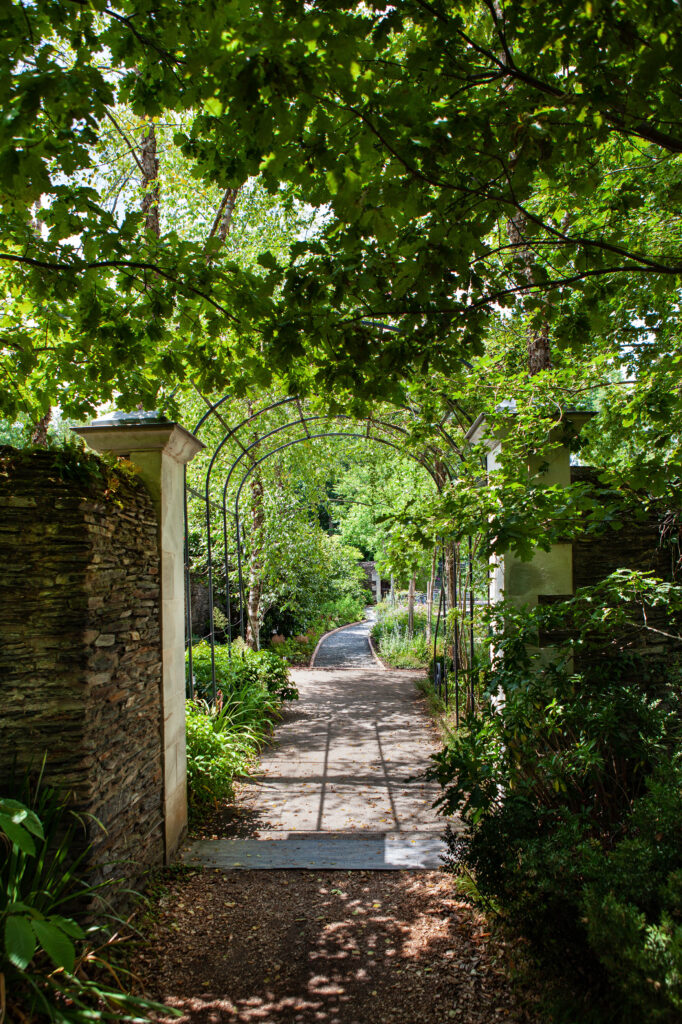
Creating a Thriving Shade Garden
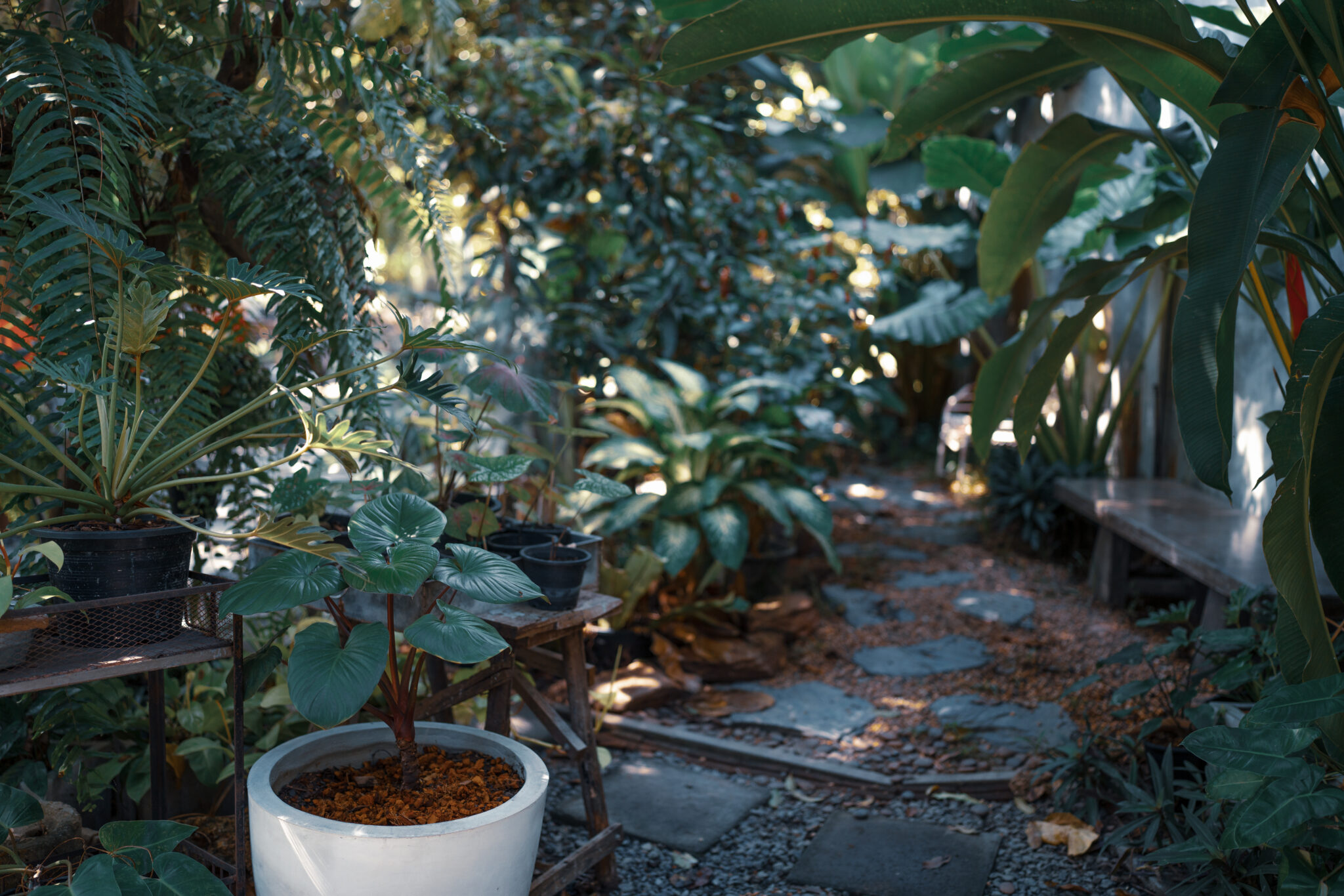
By working with your garden’s natural conditions, you can create a beautiful and thriving garden that enhances your outdoor space.
“Embracing a garden’s microclimate can lead to more successful and sustainable gardening practices and a more harmonious and balanced garden ecosystem,” says Pavlich.
“Rather than trying to force sun-loving plants to thrive in shady areas, it’s beneficial to understand and respect your garden’s natural conditions. By doing so, you can select plants well-suited to the available light levels, soil type and moisture levels.”
How Shade Gardening Differs from Full-Sun Gardening
Shade gardening presents a unique set of challenges and rewards compared to gardening in sunny areas.
“One significant difference between shade and sun gardening is the learning curve involved in understanding the specific needs of plants in each environment,” says Pavlich. “In sunny areas, plants may require full sun and well-drained soil, while in shady areas, the requirements can vary widely. Some shade plants require dry conditions while others prefer moist soil.”
Gardening in the shade requires careful planning and consideration, as plants that thrive in shade have specific requirements, notes Pavlich. “With thoughtful selection and placement of plants, shade gardens can be just as visually striking and calming as sun-filled gardens.
“By embracing the unique challenges of shade gardening and learning about the specific needs of plants in shady areas, you can create a beautiful and thriving garden that complements the natural environment of your yard,” he says. “There’s a sense of accomplishment in transforming what may initially seem like a limitation into a beautiful and functional garden space.”
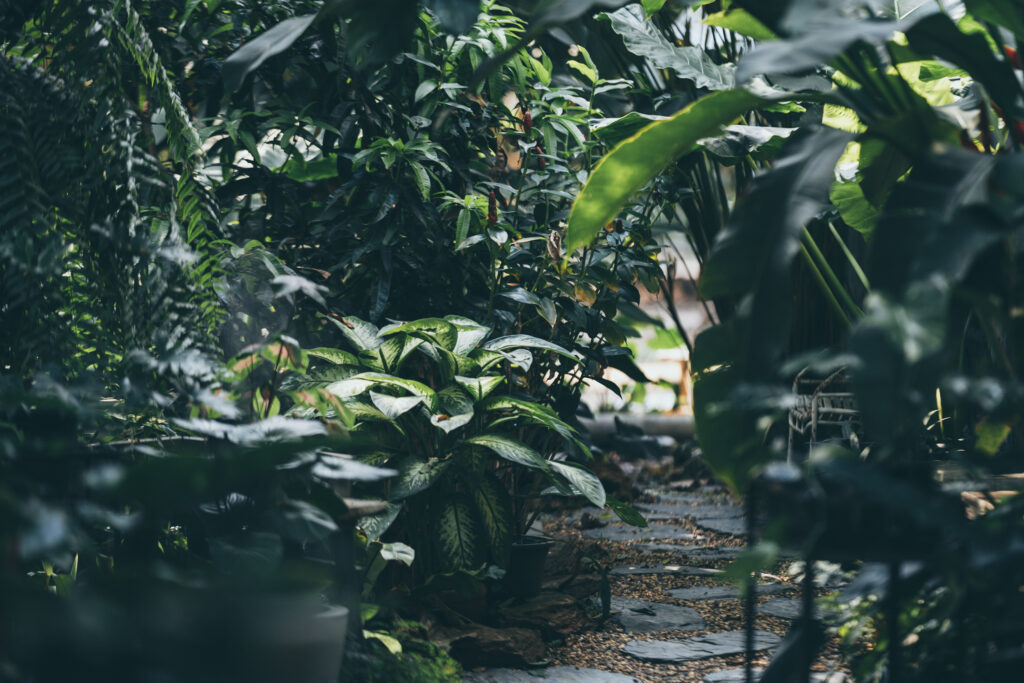
Tips for Successful Shade Gardening in SoCal
To have luck gardening in shade, keep the following tips in mind.
- Observe. Before planting, make sure the area is actually shady. Check the area throughout the day to ensure that it does stay shady for most of the day. This will help you choose the right plants for the space.
- Keep in mind seasonal changes. Sun exposure will change with the seasons. This is especially the case with areas where deciduous trees grow. The sun’s trajectory also changes throughout the year.
- Experiment. Shade comes in endless varieties. If you aren’t sure about a particular plant doing well in your garden, experiment with one to see how it does before investing in more plants.
- Provide well-drained soil. While many shade plants tend to like moist conditions, they don’t like wet feet. If drainage is poor, mix a 1-inch layer of pumice into the soil.
- Containerize. Many shade-loving plants are slow growing and therefore do well in containers. If the sun’s trajectory changes throughout the year, growing in pots makes it easy to move the plants around as needed.
- Watch watering. While most shade plants don’t need as much water as their sun-loving counterparts, they do need average amounts and few are drought tolerant (no containerized plants are). Shaded areas will dry out more slowly but you still need to check them on a regular basis to see if they need watering.
At the same time, don’t overwater shade plants. Signs of overwatering include yellowing leaves from the bottom up. Perpetually overwatered plants will eventually die from root rot.
- Fertilize regularly. Feed most shade once in spring, summer and fall. Container plants should be fed monthly. Also apply compost three times a year.
- Watch for pests. Out of the sun’s harsh rays, many pests tend to thrive, which makes keeping an eye out of them and minimizing them important. Pests such as snails, slugs, earwigs, aphids and sowbugs tend to thrive in the moist, cool, dim conditions of the shade garden.
- Manually remove pests on a regular basis. You can also use pet and wildlife safe snail and slug bait or diatomaceous earth. To prevent snails and slugs from climbing up containers and attacking plants, apply copper tape around the base of the pot. Treat aphids with insecticidal soap spray.
- Mulch around the base of plants to prevent weed overgrowth and conserve moisture. Place mulch 2 to 3 inches from the trunk.
Shade Garden Plants for SoCal
The great thing about shade plants is how vibrant and lush they tend to be. Plants that don’t have to contend with the sun’s bright rays are less stressed.
Many shade plants require a small amount of sun each day to do well. That can mean a brief period of early morning sun, dappled sunlight all day long or bright, indirect light.
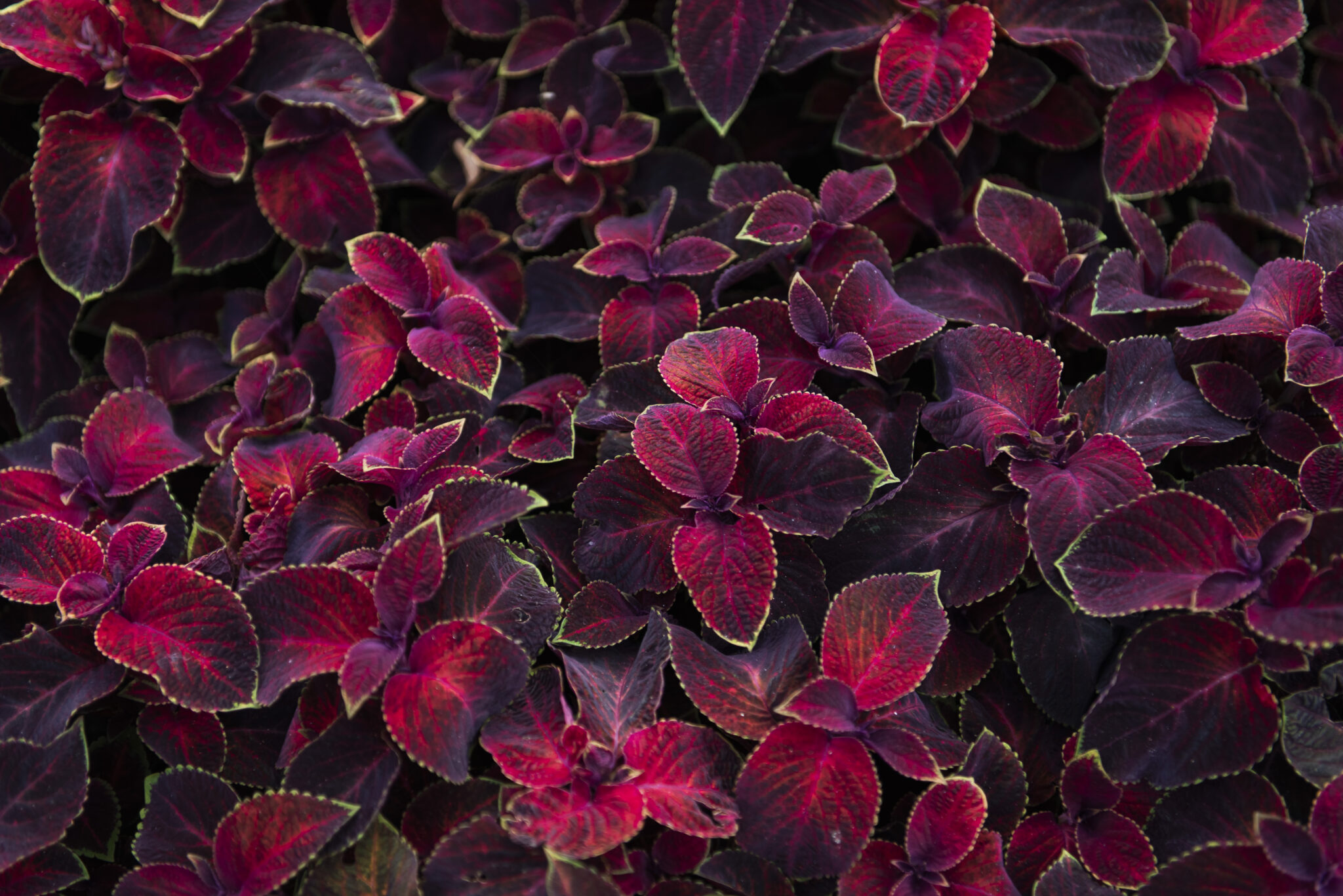
- Acanthus ‘Whitewater’
- Agapanthus
- Alstroemeria
- ‘Aureo-maculata’ leopard plant (Ligularia tussilaginea/Farfagium japonicum)
- Azalea
- Begonias T REX® ‘First Blush’ and ‘Ruby Slippers’
- Bergenia
- Bleeding heart (Dicentra)
- Brugmansia (Angel’s Trumpet)
- Brunfelsia pauciflora (Yesterday-today-and-tomorrow) (partial shade)
- Caladium
- Camellia
- Campanula
- Cast-iron plant (Aspidistra elatior)
- Clivia
- Coleus
- Fuchsia
- Grape ivy (Cissus rhombifolia)
- Heuchera GRANDE™ ‘Amethyst’
- Hosta
- Impatiens
- Japanese aralia (Fatsia japonica)
- Japanese spurge (Pachysandra terminalis)
- Meadow rue (Thalictrum aquilegifolium) (light shade)
- Millium
- Phygelius COLORBURST™ series
- Plectranthus VELVET™ series
- Sarcococca ruscifolia
